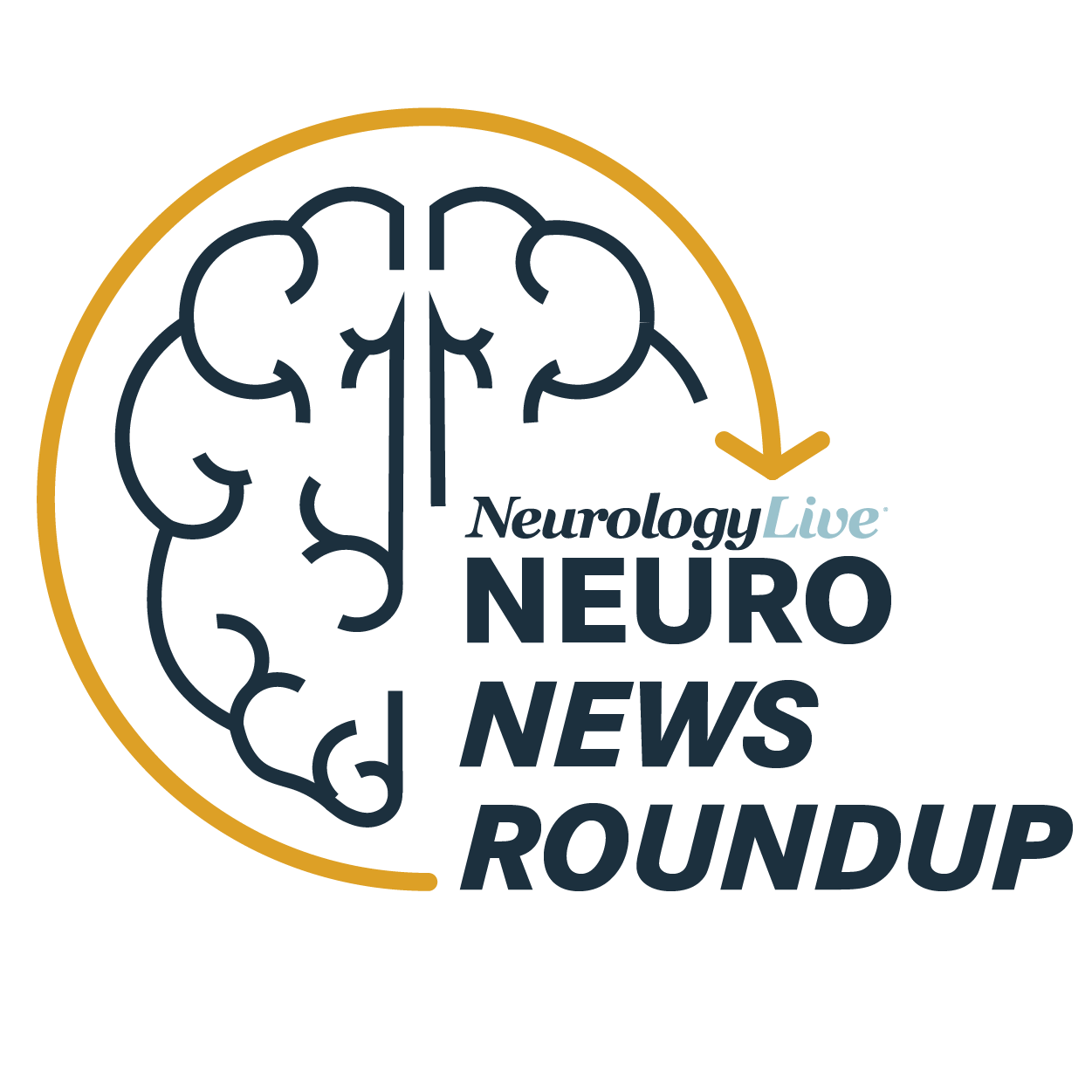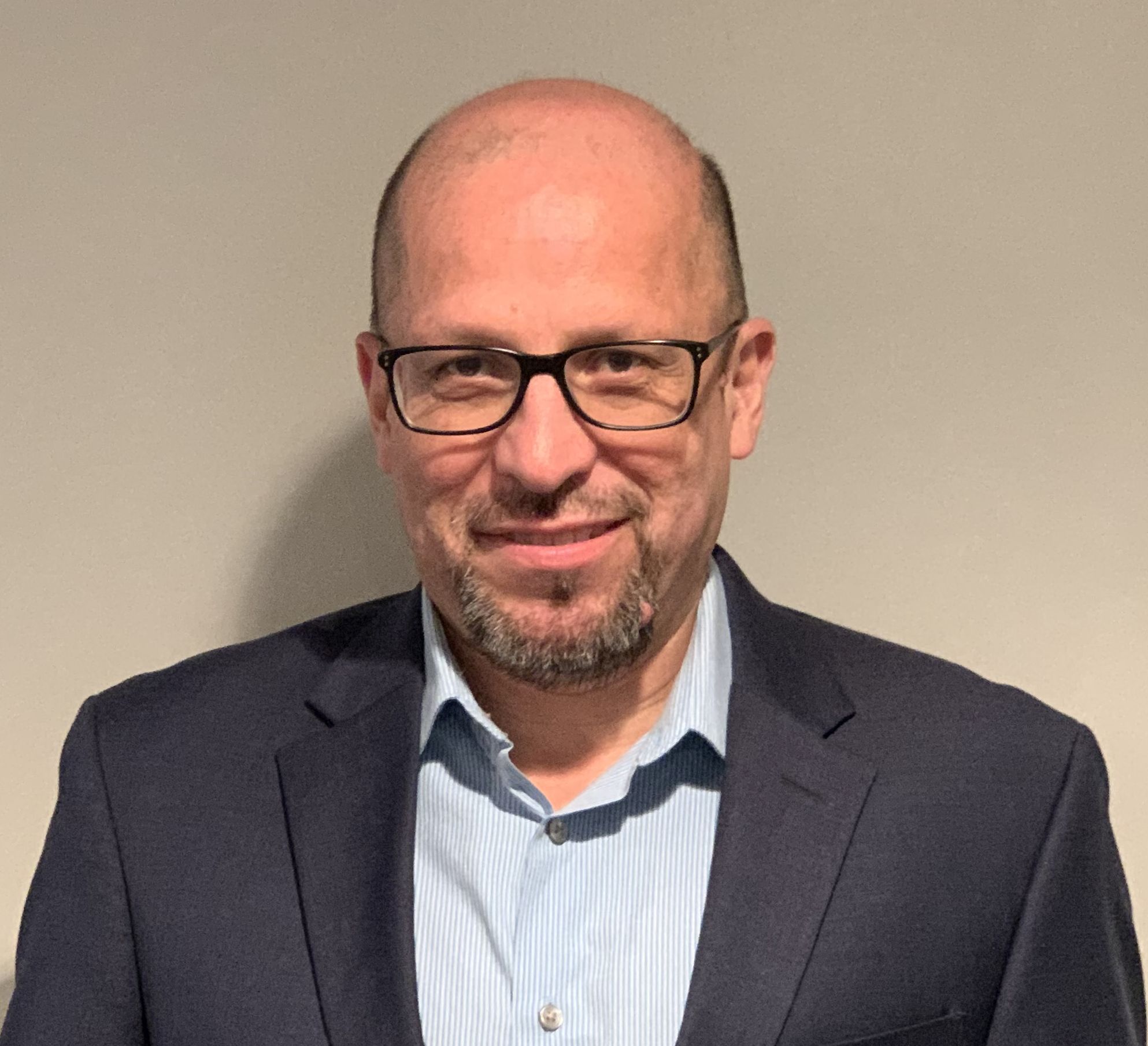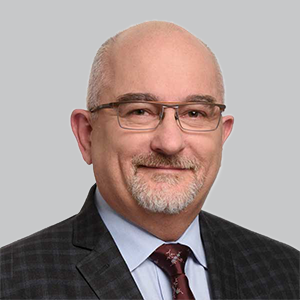Video
Clinical Presentation of NMOSD and Overcoming Barriers to Access to Care
Author(s):
Mirla Avila, MD; Michael Levy, MD, PhD; and Mitzi Williams, MD, share the clinical presentation and progression of NMOSD among various racial and ethnic groups and highlight the effects of socioeconomic disparities and personal barriers on access to proper care.
Michael Yeaman, PhD: Pathogenesis is obviously important and could very well differ among different populations. Let’s think about how the disease presents, progresses, and may have different outcomes in different populations. Mirla, let’s start with you. In your experience with your population, have you seen a pattern in the features that different populations might present with?
Mirla Avila, MD: Yes. Something that I have seen that also correlates with what I have read in literature is that patients of African descent can present with multifocal disease, so optic neuritis and transverse myelitis at the same time. This would lead to more disability at early stages. I have also seen this in my Hispanic population. I have seen better outcomes in my White patients, who basically haven’t relapsed since the diagnosis, after the first diagnosis and treatment. I don’t see the same thing in my Hispanic patients and patients of African descent.
Michael Yeaman, PhD: Very interesting. Michael, your experience at a couple of different centers gives you a unique perspective. Maybe we could ask you to comment on presentation and progression in different populations.
Michael Levy, MD, PhD: I was in Baltimore for 15 years, where I saw a lot of patients with NMO [neuromyelitis optica] in the local African American community. It seemed to be much more severe for each attack and much more frequent. When we quantified it, we found that lesions in African Americans were more disabling. This population was more likely to become blind and mobility impaired. Then when we moved to Boston, there was a lot less NMO and a lot more of the MOG [myelin oligodendrocyte glycoprotein] antibody disease variant. It’s more common in White populations. In the laboratory, we’re investigating whether the severity in African Americans is due to a biological basis, but it’s hard for us to determine whether social determinants of health also had an impact.
Michael Yeaman, PhD: That’s a great point. Mitzi, maybe you could take us down that road a little further regarding socioeconomic disparities in terms of severity, progression, and outcomes. Can you please put that together for us?
Mitzi Williams, MD: Absolutely. My practice is primarily in Atlanta, Georgia, so we have a very large African American population. The majority of my patients with NMOSD [neuromyelitis optica spectrum disorder] are African American, and I have also seen a very rapid disability accumulation. Many of the patients may have multifocal onset or may present with optic neuritis, and then within a couple of months another optic neuritis, and then maybe a couple of months later, within a year, many of them have to use a wheelchair and are blind.
Social determinants of health play a large role, because where people access care, if they have access to a neuroimmunologist or specialty center, can make a big difference in the speed at which their diagnosis is made and whether they’re given the correct test. Several patients have come to me after testing negative with ELISA [enzyme linked immunosorbent assay] testing, and they may have been taken off treatment for NMOSD. We’ve tested them with a cell-based assay and it has been positive, and we realized that they qualify for different types of treatment.
That knowledge base can be very different depending on where people are able to access care if they have insurance. There’s often lower socioeconomic status. Even things like transportation can factor in. If someone has the ability to see a neuroimmunologist or a specialist and they receive an infusion therapy, can they get to the treatment center to be able to receive that therapy? Especially if they’re visually impaired or have mobility impairments and rely on someone else to bring them. All of these factors can play a big role in outcomes in someone’s ability to be able to see the physician, get on the correct treatment, follow through with the proper treatment, and have diagnostic follow-up to make sure that they’re on the right treatment course.
Michael Yeaman, PhD: Really important points. Maybe to take it to the next level of what can be done to improve access, Mirla, could you offer a couple of examples of the barriers to better health care access that we might be able to improve upon?
Mirla Avila, MD: Yes. In my area, one of my concerns is that I have a large uninsured population. Access to medication hasn’t been a big deal because a lot of the companies give free medications for uninsured patients. The problem is the antibody testing, MRIs, and whether they need plasmapheresis for an acute relapse. All that becomes an issue. I have some patients who are immigrants, don’t have insurance, and travel back and forth from Mexico. That has been a problem for me because, as Mitzi was saying, if they can’t come for the infusions or pay the nursing cost of the infusion, then that becomes difficult. Unfortunately, I have seen relapses because they aren’t able to receive the therapy that they were designed to.
Michael Yeaman, PhD: That’s unfortunate. Michael, along those same lines, maybe you could offer a couple of examples of barriers that you have experienced that could improve access and outcomes.
Michael Levy, MD, PhD: In Baltimore, we thought that the primary barrier would be socioeconomic class, but that turned out to not be the case. We had patients who were of all socioeconomic classes who had other barriers. Those were harder for us to address, because we’d have to dig into each case and say: “Is it a family support issue? Is it a trust issue? What’s the basis for the barrier for each individual?” That became a problem that we couldn’t solve. When I moved to Boston and I encountered this amazingly privileged city, socioeconomically at least, there are different barriers in addition to a lot of the same ones in terms of things like trust and follow-up, which are still issues that we need to resolve.
Michael Yeaman, PhD: It sounds like there are some common barriers to access and improved health care and outcomes, but there are also personalized barriers that we have to think more carefully about in terms of optimizing care for each individual.
Transcript Edited for Clarity




